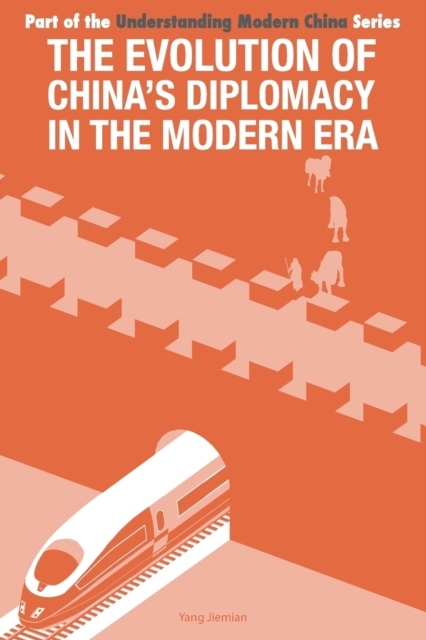
The Evolution of China's Diplomacy in the Modern Era Paperback / softback
by Jiemian Yang
Part of the Understanding Modern China series
Paperback / softback
Description
As China’s economy, global influence and interactions with other countries grow, its diplomatic strategy is attracting more and more interest internationally.
This book aims to answer the following questions:What kind of development path has China chosen?
What does China’s development mean to the world? What ideas and theories guide China’s diplomacy? What diplomatic policies does China pursue? How will China’s rise impact neighbouring countries?
Will China break away from the traditional pattern of ‘a rising power always seeking hegemony’?
Will developing countries benefit from China’s development?
How does China define its international role and its participation in multilateral governance?
How does China conduct public diplomacy?One of the key goals of China’s foreign policy is to develop mutually beneficial trade deals.
The first and largest FTA (free trade agreement) China established with other countries was the ASEAN+1 FTA concluded in January 2010, which was also ASEAN’s first FTA with a foreign country.
China ASEAN trade exceeded US$400bn in 2013, US$470bn in 2018 and is expected to reach US$1 trillion by 2020. While this book expounds the orthodox China view on its place in the world, its relations with other countries and its diplomatic strategy of peaceful cooperation and mutual benefit, it concedes that despite all parties’ best efforts, sometimes territorial disputes can’t be quickly or easily resolved.
In such cases, China takes the pragmatic view that it’s OK for some problems to be put on hold pending future resolution, and the book explores many of the key problem areas in some detail such as the North Korean nuclear issue, the disputed China-India border and sovereignty over islands and territorial waters in the South China Sea. In terms of land and maritime border issues, the authors concede that whereas only two of 14 land borders with neighbouring countries remain unresolved (with India and Bhutan), to date China has yet to agree maritime borders with any of the eight countries with which it shares maritime borders.
Information
-
Out of stock
- Format:Paperback / softback
- Pages:148 pages
- Publisher:ACA Publishing Limited
- Publication Date:11/08/2019
- Category:
- ISBN:9781910760123
Information
-
Out of stock
- Format:Paperback / softback
- Pages:148 pages
- Publisher:ACA Publishing Limited
- Publication Date:11/08/2019
- Category:
- ISBN:9781910760123










